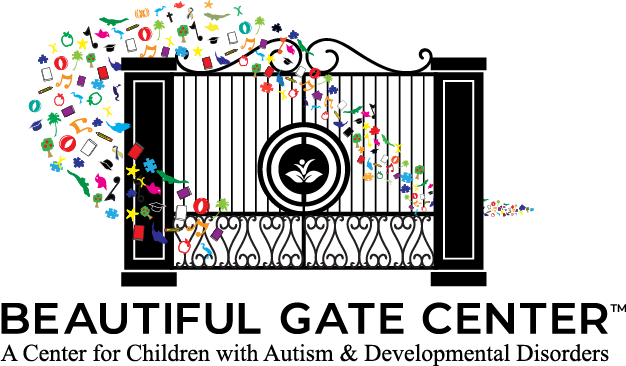Occupational Therapy
Credentials
Registered Occupational Therapist (OTR)
A registered occupational therapist is a person who has attained a Master’s or Doctorate level degree in an accredited occupational therapy program, completed required clinical fieldwork requirements, and passed the examination administered by the National Board for Certification in Occupational Therapy (NBCOT). In South Carolina, an occupational therapist must be licensed by the state and maintain registration with the national board, therefore, granting the credential of OTR/L. A professional carrying the credential of OTR/L is trained to evaluate patients, develop treatment plans, and administer occupational therapy treatments.
Certified Occupational Therapy Assistant (COTA)
A certified occupational therapy assistant is a person who has attained an Associate’s or Bachelor’s level degree in an accredited occupational therapy assistant program, completed required fieldwork requirements, and passed the examination for OT assistants administered by NBCOT. In South Carolina, an occupational therapy assistant must be licensed by the state and maintain certification with the national board, thereby, granting the credential of COTA/L. A professional carrying the credential of COTA/L is trained to administer an occupational therapy treatment plan written by an OTR/L.
Questions or Concerns You May Have
Occupational therapy (OT) is a science-driven, evidence-based profession that focuses on helping people successfully accomplish their daily activities, also known as “occupations”. Occupations are activities which are purposeful and meaningful to the client. For a child, typical occupations include getting dressed, feeding and eating, basic grooming, school activities/learning, rest/sleep, and most importantly play – both independently and with peers.
To determine how to best assist a child to efficiently participate in his/her daily living, an occupational therapist will complete a comprehensive evaluation which will provide information on the child’s physical abilities and motor skills, sensory processing, cognitive function, and social interactions. The assessment will also include an interview with the child and family to determine what occupations are most meaningful to them and to develop goals accordingly.
OTs are trained in activity analysis, the breaking down of an activity into small steps to determine what skills are needed to successfully complete each one. OT treatment focuses on improving the skill areas of need through occupation. For example, an evaluation may reveal a child cannot fasten buttons due to an underdeveloped pincer grasp pattern. The OT may then engage the child in an art activity which has meaning and purpose to the child and targets working on the pincer grasp. Purpose, meaning, and fun are key components to pediatric OT.
The occupational therapy profession has been in existence for over 100 years. Per the American Occupational Therapy Association (AOTA), the current evidence indicates it is effective for OT services to be added to a client’s treatment plan. OT interventions continually undergo research to ensure the most current, evidence-based treatments are implemented. The AOTA publishes Evidence-Based Practice Guidelines to assist clinicians in choosing and applying the most effective treatments.
To learn more about occupational therapy and its benefits, please visit the AOTA website at aota.org.
If a child is having difficulty participating in daily activities or routines, or displays delays in motor movements, he/she may benefit from OT interventions. Some common areas of concern seen in children receiving OT include, but are not limited to, the following:
- Muscle weakness or low muscle tone resulting in fatigue
- Poor feeding and eating skills; limited diet
- Clumsiness, awkward movements, poor awareness of one’s body and personal space
- Difficulty or delays with grasp patterns and successful use of school tools including crayons, pencils, and scissors
- Inability to match activity level to the demands of the environment (i.e. too busy or too relaxed for the task at hand)
- Rigid behaviors including poor transition from one activity to another, reluctance to try new things
- Sensory avoiding or sensory seeking behaviors or actions
Since OT intervention focuses on daily living skills, the list of issues which can be addressed is near limitless and can vary greatly depending upon the child’s age and interests. A child does not have to be diagnosed with a specific developmental disability to receive intervention. If you have concerns regarding your child’s function, speak to your pediatrician about Occupational Therapy.
